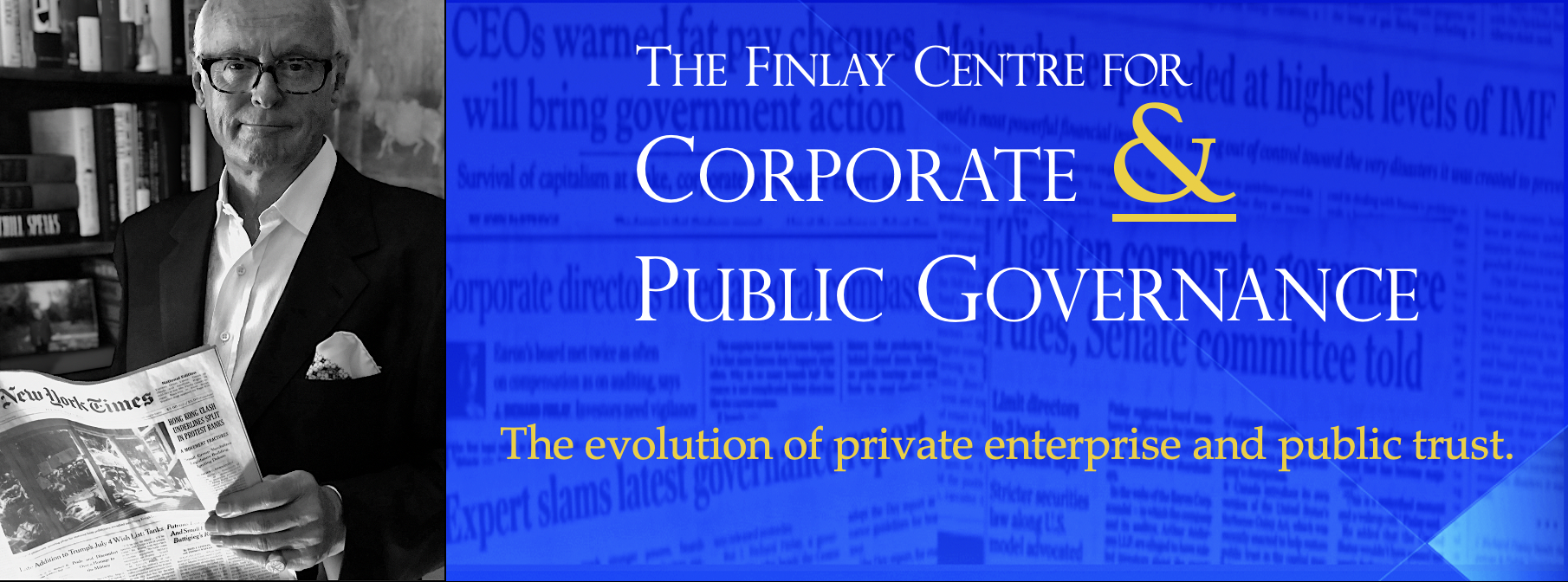 The calamity of the ship which was thought too big to sink did not capsize the company that owned it. But the White Star Line, which had roamed the seas through wars, depressions and revolutions since the mid-1800s, was unable to survive the greed, hubris and deceit of one man. It is an experience that carries some valuable lessons for today’s financial empires and Wall Street titans as well.
The calamity of the ship which was thought too big to sink did not capsize the company that owned it. But the White Star Line, which had roamed the seas through wars, depressions and revolutions since the mid-1800s, was unable to survive the greed, hubris and deceit of one man. It is an experience that carries some valuable lessons for today’s financial empires and Wall Street titans as well.
On a crystal-clear, star-filled April evening in 1912, what had been to that point an astonishing triumph of human imagination and engineering suddenly changed into a tragedy on a horrific and incomprehensible scale. It was 11:30 pm on the night of April 14th when the ship’s lookout called down to the bridge. What took millions of words in plans, designs, work orders, contracts and printed material was about to be undone by a mere three: “Iceberg right ahead.” The second officer then made the fateful, and, by most later accounts, calamitous, decision to stop and reverse propellers. Less than three hours later, in the early morning of April 15th, RMS Titanic descended to the bottom of the Atlantic Ocean, taking 1,517 souls with her.
One who did not perish that night was the chairman of the Titanic’s owner, White Star Lines. J. Bruce Ismay’s survival was not exactly miraculous. Fulfilling Montaigne’s aphorism, Ismay did not enjoy the reputation of a hero because of his escape that night, either to the general public, who tended to vilify him as coward, or to his valet, Richard Fry, who was not as fortunate as his master in avoiding the cold clutch of the cruel sea. William Henry Harrison, Ismay’s secretary, also went down with the other 1,516 men, women and children.
The disaster, and all the morbid press it generated, along with hundreds of lawsuits, did not end the White Star Line, however. It steamed on for some years, until it was bought up in 1927 by Lord Kylsant of Carmarthen, becoming a part of the Royal Mail Steam Packet Company, the largest shipping empire of the time.
Lord Kyslant had a well-deserved reputation as something of the “Napoleon of the seas” for his ability to conquer his competitors and impress investors. Like Conrad Black -or Lord Black of Crossharbour, as he prefers to be known even while residing at the Coleman Correctional Facility in Florida- he steered a course of deference-producing success until it was halted by an encounter with prison-confining deceitfulness.
He was a larger-than-life figure in London’s business and social circles, acquiring many honors along the way. He financed his empire through massive amounts of debt and the generous use of other people’s money. The Royal Mail was a darling of the stock market at the time and both its fortunes and Kylsant’s own lavish life style required that the shares of the company be kept high. Like others before and after him, Kylsant made a decision at some point that if his business could not be made to look good on its own merits, a little fudging with the figures might help. So it was in 1931 that Kylsant found himself charged with accounting fraud and was later sent to prison for a year. Lord Kylsant’s long fall from grace shocked the world and led to the disintegration of the company, including the fabled White Star Line. There was a British government-forced merger with Cunard, but White Star never sailed again or operated under under its own flag.
In an irony as large as the name Titanic itself, the calamity of the ship which was thought too big to sink did not capsize the company that owned it. But the White Star Line, which had roamed the seas through wars, depressions and revolutions since the mid-1800s, was unable to survive the greed, hubris and deceit of one man.
Somewhere in all of this, even without the benefit of the binoculars that the Titanic’s lookouts did not have (they were locked in a cabinet and the key was misplaced during the ship’s test runs), one might discover a lesson about the recent financial disaster that has been unleashed upon the stock market and the global economy. Its cause was not natural or celestial; it was not preordained or the result of an asteroid hitting the earth. It was brought on by more common suspects: everyday greed, a giddy sense of intoxication induced by fast money that made a whole crew of business decision-makers and investors laugh at the unfashionable attire of of risk, an obliviousness to duty (and even common sense) on the part of directors and regulators, and an epidemic of self-delusion afflicting too many CEOs and Wall Street titans that they, also, were too big to fail and too smart to ever encounter the sudden reversal of the propellers of fortune.
Editor’s Note:
My father, Jack, was a keen student of the Titanic’s history and misfortune, and believed that it held many useful lessons for the lives of leaders, institutions and their followers. He would have been 85 today. This posting is dedicated to his memory.
